Last week I began my summer series on Victorian tea culture. There is so much to explore! One thing that interests me about the history of tea time in England is that something now considered to be so associated with the United Kingdom was relatively new in the 1800s. It quickly became an indicator of wealth and upper-class women enjoyed showing off their teaware to those they enjoyed it with. Today I will explore five of these items that would have been front and center for afternoon tea in the 18th and 19th centuries.
Do you use any of these items to prepare tea at home?
Tea caddy
I thought I’d start with one of the most common and diverse of the items I’ll be exploring. There is much more to an 18th or 19th-century tea caddy than meets the eye. A tea caddy was not just used for storing tea, but also to keep it fresh and to measure it out to be used. From about the mid-century on they were designed to hold a measuring spoon on either the outside or inside of the caddy.
Besides being used for the actual preparation of afternoon tea I found it interesting that in the 1700s they were lined with lead in an attempt to keep the tea fresh. Besides this, they were extremely diverse in design, so much so that it surprised me. While there is some consistency in the design of tea sets according to the decade, tea caddies were more varied. Below is a selection of some of my favorites from the V&A Museum.
TEA CADDY SPOON
As mentioned, tea caddies were made to be used to measure tea out of. And while some caddies came with matching spoons, spoons were also sold separately. Tea caddy spoons came in sizes perfect for measuring out the correct amount of tea, similar to a tablespoon. Below are some examples. My favorite type is the one with a hook rather than a stem.

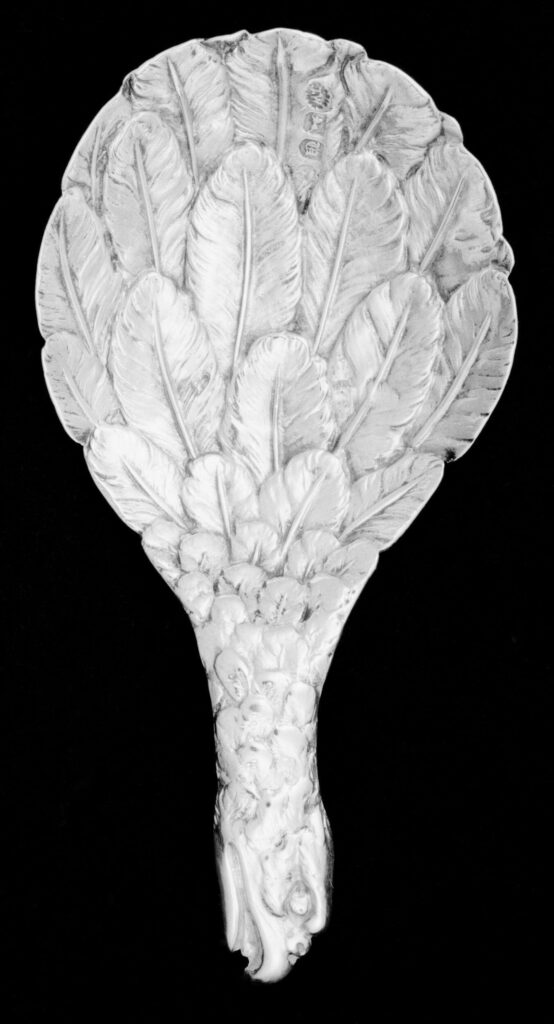
TEA CHEST
As I’ve pointed out, tea ware was one way for the lady of the house to showcase her wealth or fashion sense. Tea chests were elegant containers to hold some of these wares. They appear to have been more popular during the 1700s, though examples exist from well into the 20th century.
A typical tea chest would be made to hold 1-3 small tea caddies and possibly a caddy for sugar.
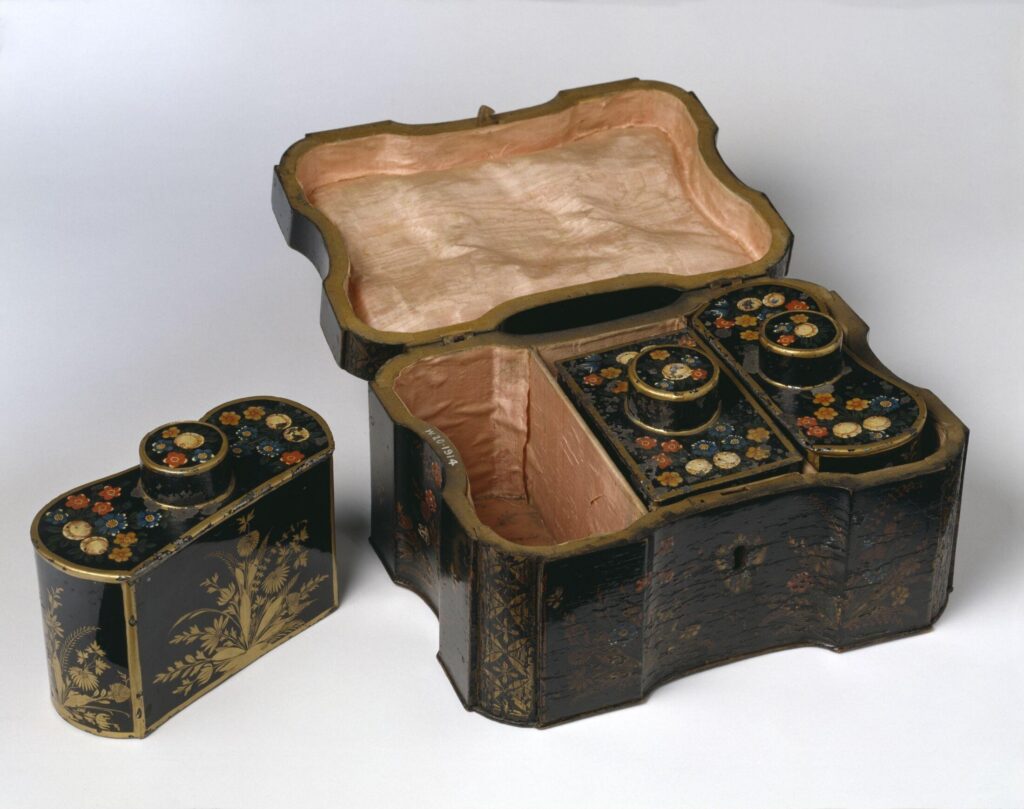
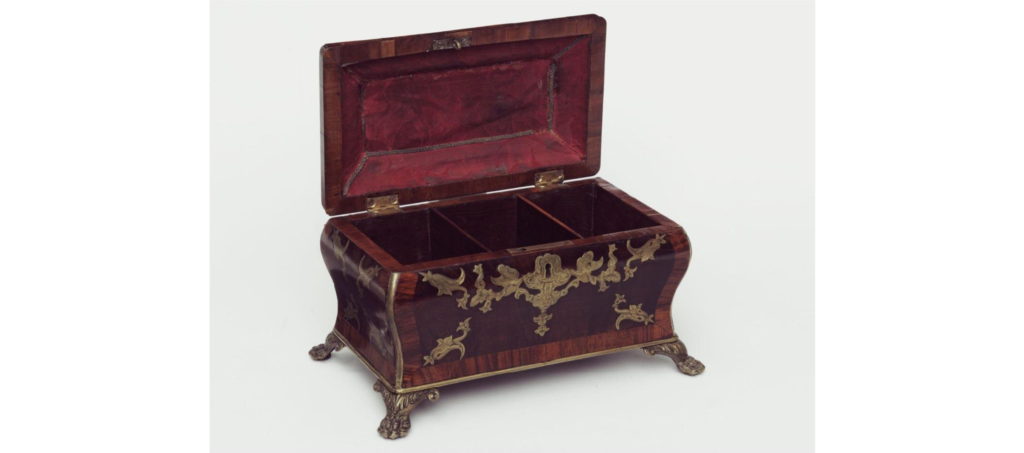
TEA COZY
As I often say, this could be an item for an entire blog post! I have long been aware of tea cozies, particularly due to spending five years in Australia, but I wasn’t aware of their lore until preparing for this post. Says Piece Work Magazine:
“One winter evening in Ireland in the mid-1600s, a farmer sat down to supper with his wife. On the table, as was customary in that time and place, sat a large pot of tea. As the farmer reached across the table to help himself to his meal, his hat fell off, landing over the teapot. Later, when he removed the hat to pour himself a cup of tea, he discovered that the tea was still hot. Delighted, his wife decided to make a cover for the teapot that would keep the tea as warm as her husband’s hat had. Her invention became the first tea cozy.”
“Or so legend has it—though the story is widely believed, it is unverifiable. The first documented use of a tea cozy occurred in England in the 1860s, a period when afternoon tea was at the height of its popularity.”
Tea cozies (or “cosies”) were often beaded, often crocheted, and often look like darling clutches (to me!). Piece Work Magazine mentions three types:
-The “bachelor cozie”: made with a hole for the spout of the teapot and handle.
-Dome cozy: made to fit over the entire pot.
-Cozy dolls: porcelain dolls made with a skirt of insular material to act as a cozy.
Below are examples of each. Which is your favorite?
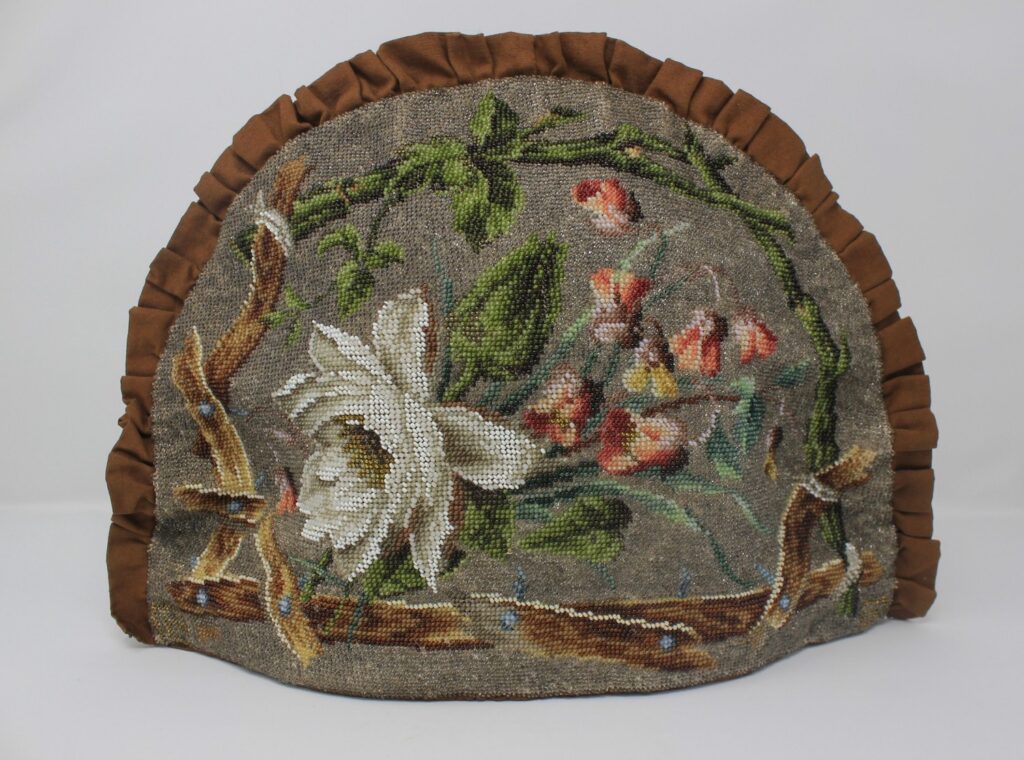
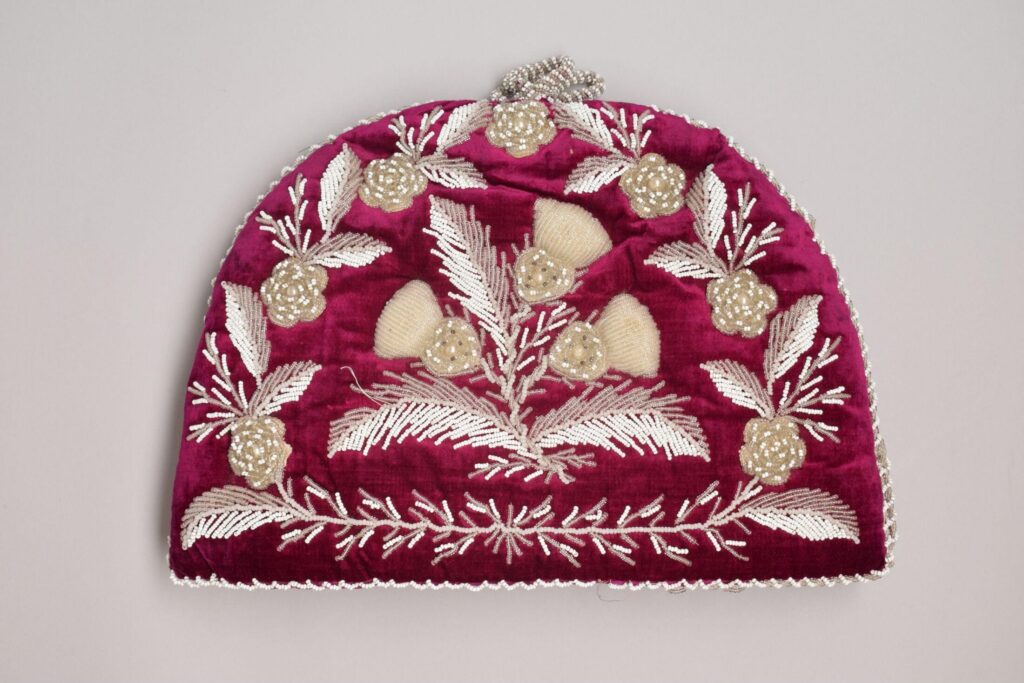
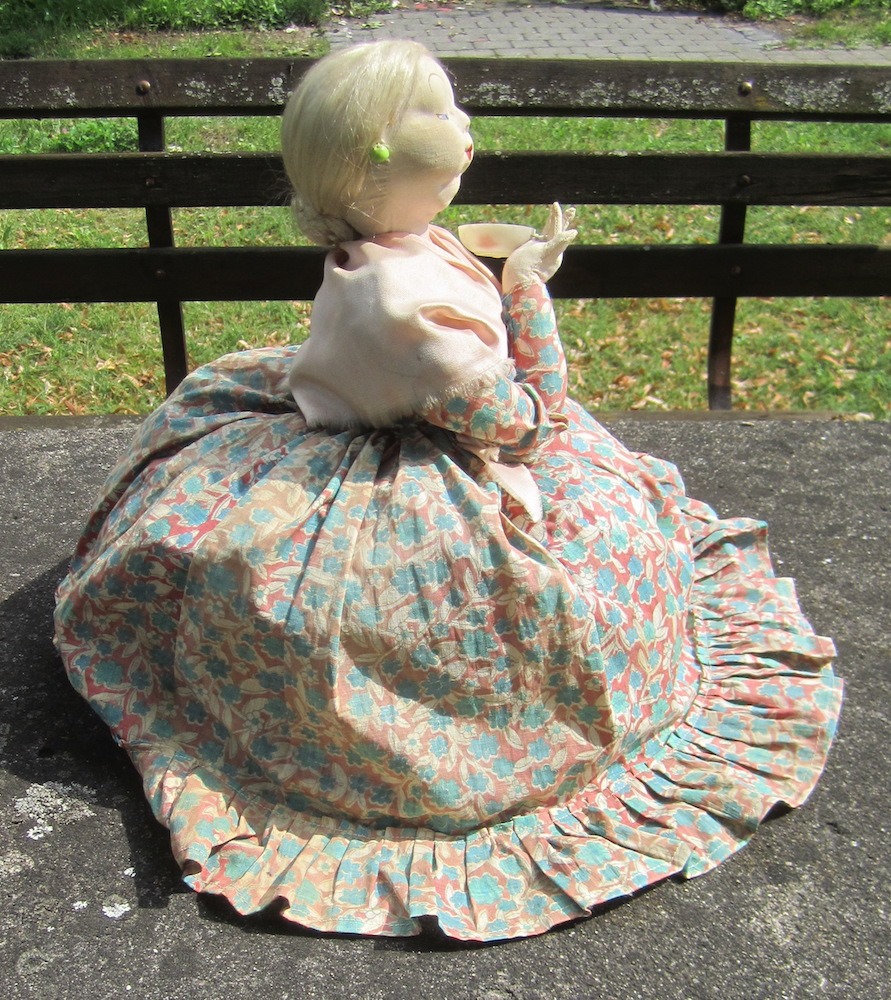
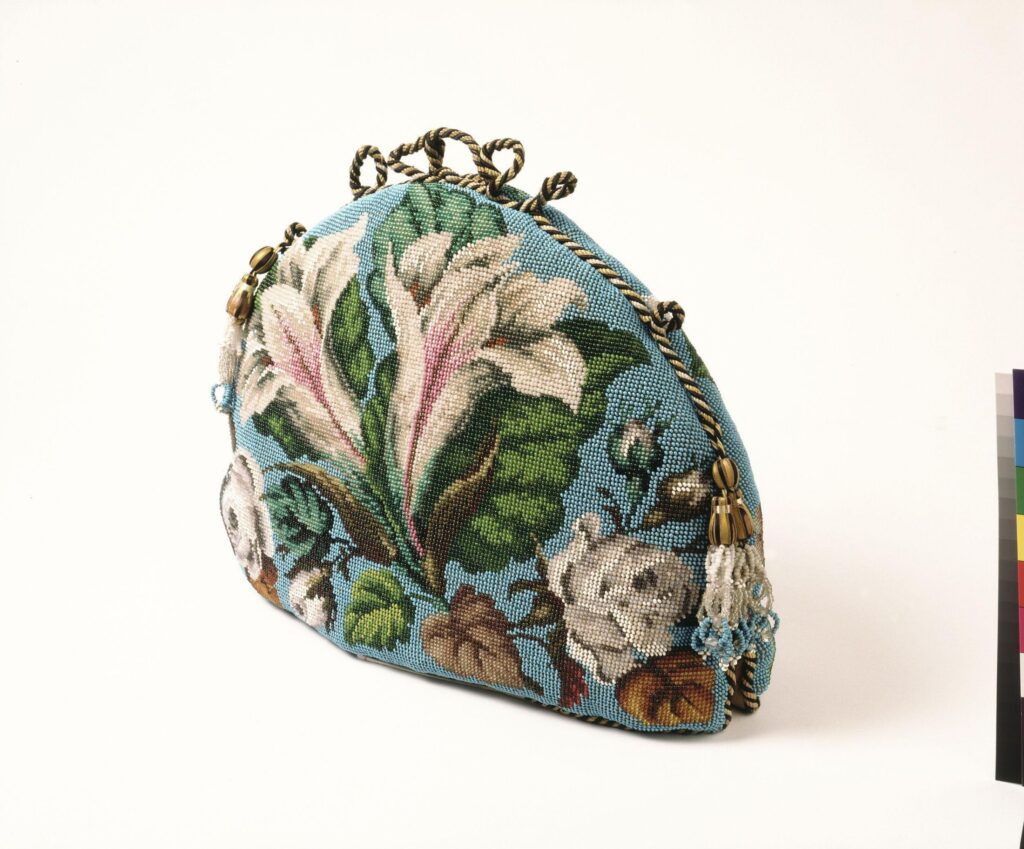
Mote spoon
A mote spoon may be one of the least-known items to our readers. I myself was surprised to discover how common they once were.
Tea preparation was an evolving art in the 1700s and 1800s. While many of us may enjoy tea by simply letting a tea bag seep, tea bags would not become common until the Edwardian era. Before then, a strainer was the most common way to keep tea leaves and water separate. And before strainers, mote spoons were used. They are simply elegant spoons with holes used to scoop away the tea leaves before drinking.
That being said, there may be more to the story, though I am inclined to go with the theory I’ve just presented. Says the V&A Museum:
“The point on the end of the spoon handle was designed to remove blocked tea leaves from the spout of a teapot. The function of the pierced bowl, however, has been debated by historians. It may have been used to remove tea leaves from tea after it had been served, hence the name ‘strainer’ or ‘mote’ (a speck of dust) spoon. Other writers have suggested that the pierced holes in the bowl were designed to separate unwanted dust from tea leaves as they were scooped out of the caddy.”
Which theory do you support?


TEA STRAINER
Teaware began to advance quickly in terms of style and sophistication after the mote spoon. This is clearly seen with the invention of the tea strainer and the various types that hit the market.
Early examples of strainers appear similar to mote spoons, but the difference is noticeable. While mote spoons were designed to scoop chunks away from the mouth, strainers were designed to prevent tea leaves from mixing with the water. Strainers quickly advanced away from the spoon design to be placed on top of the cup or set inside, as with my favorite example appearing first below.
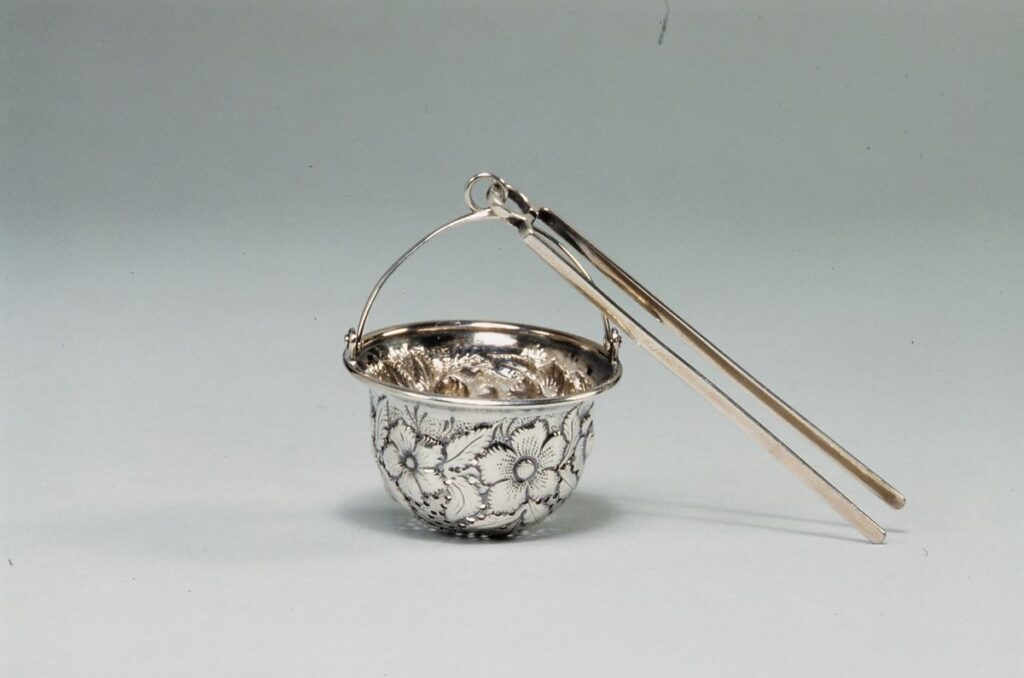
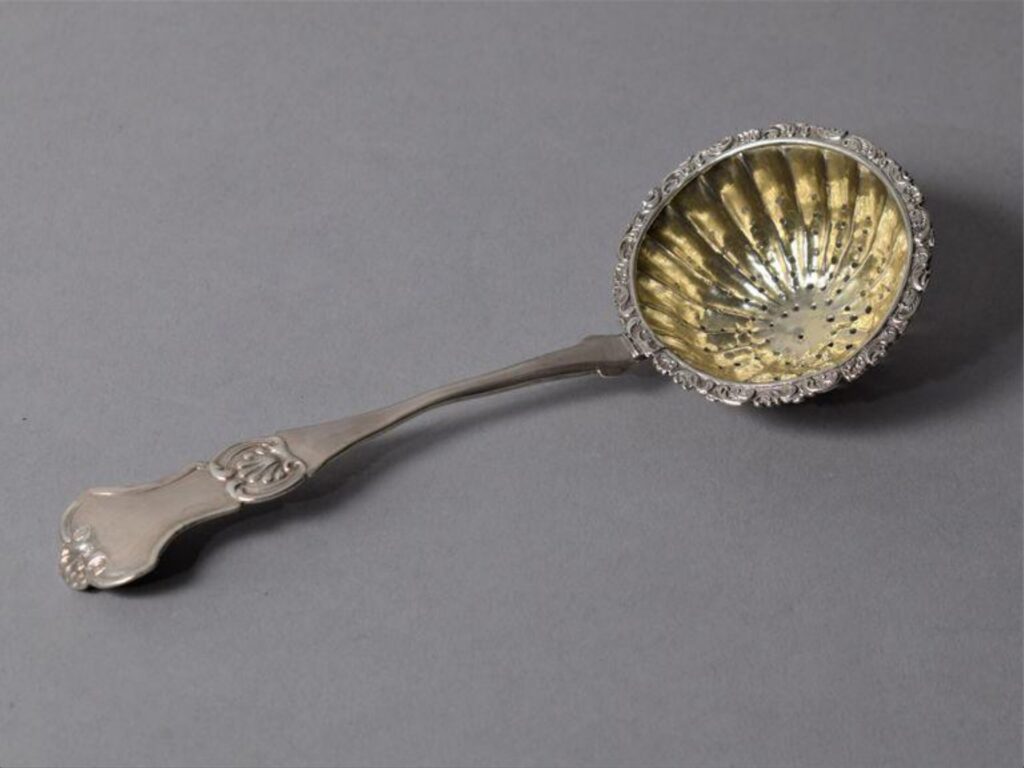
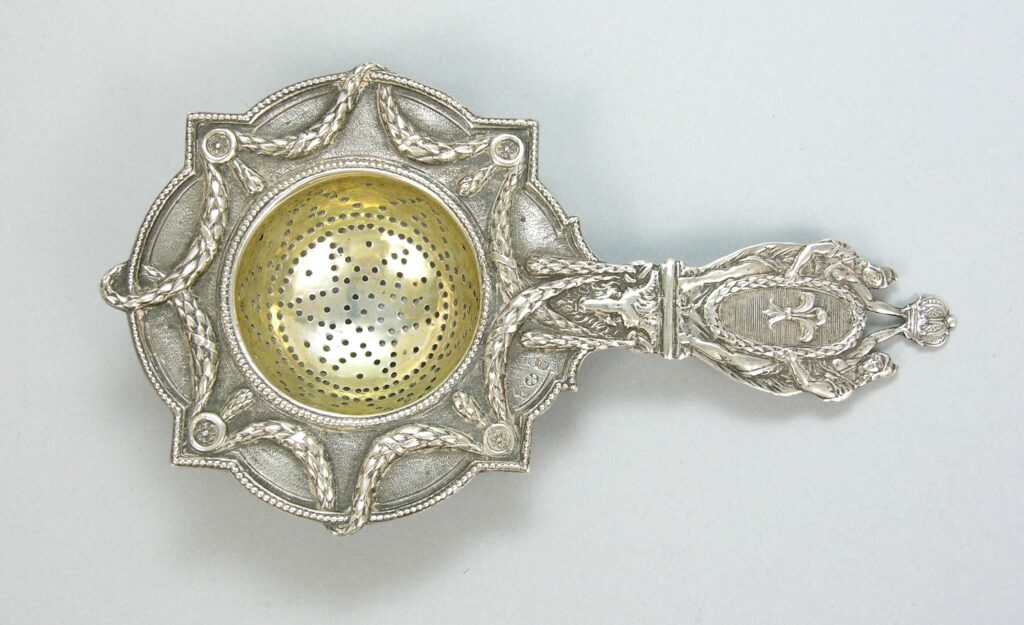
Continue to watch the Recollections blog through the summer as we continue to explore Victorian tea culture!
In the meantime, you may enjoy:
A brief history of Victorian afternoon tea

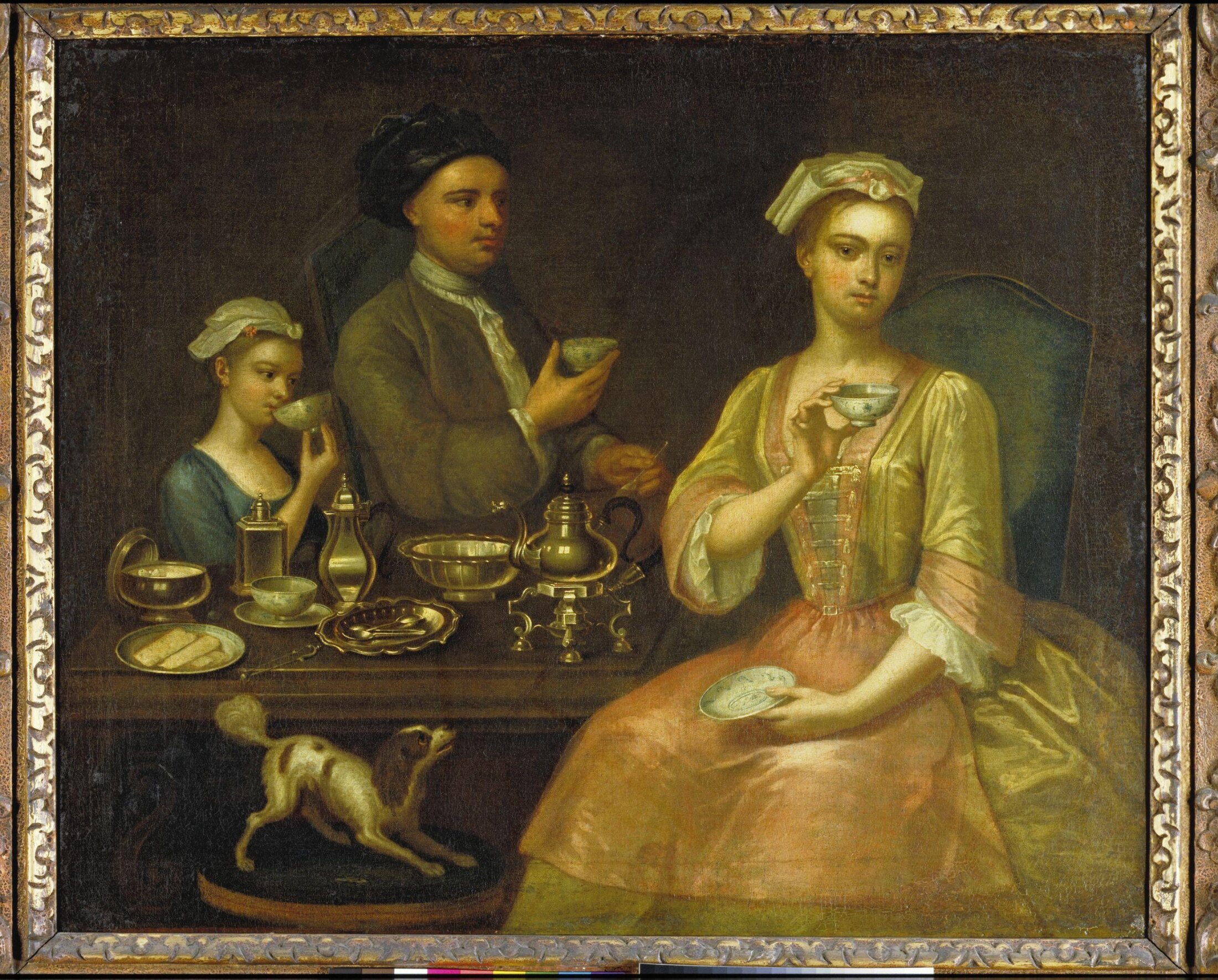
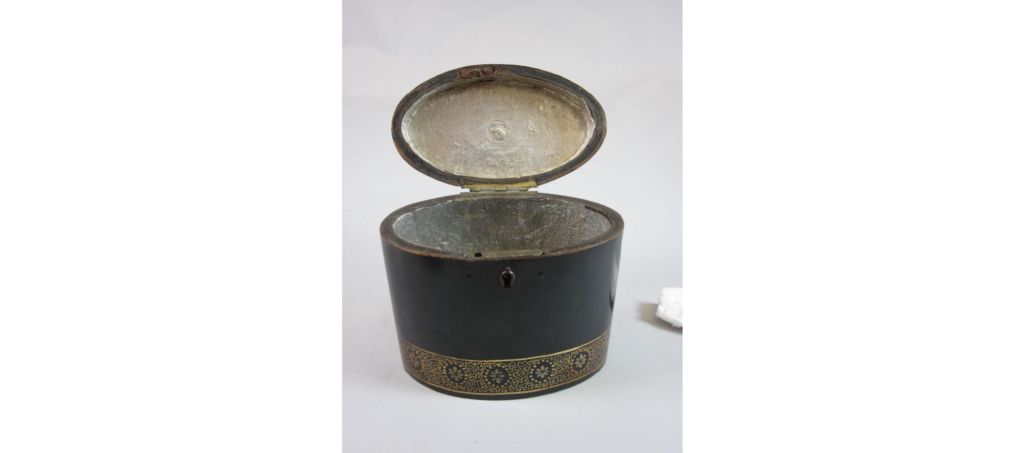
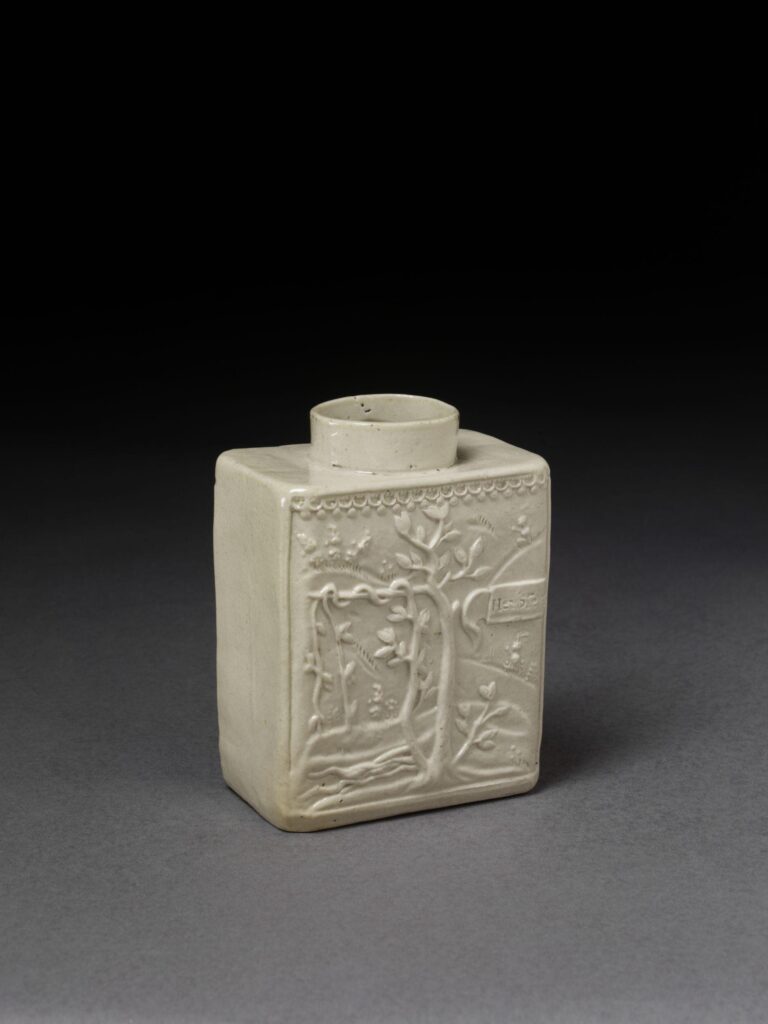
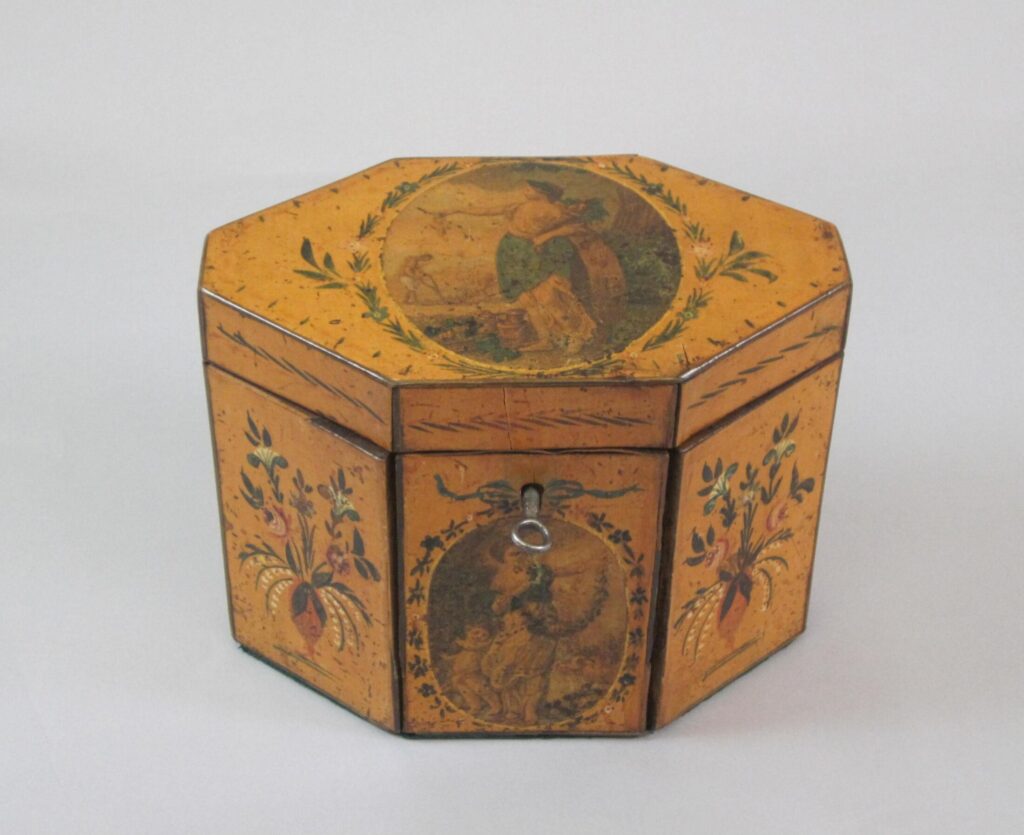



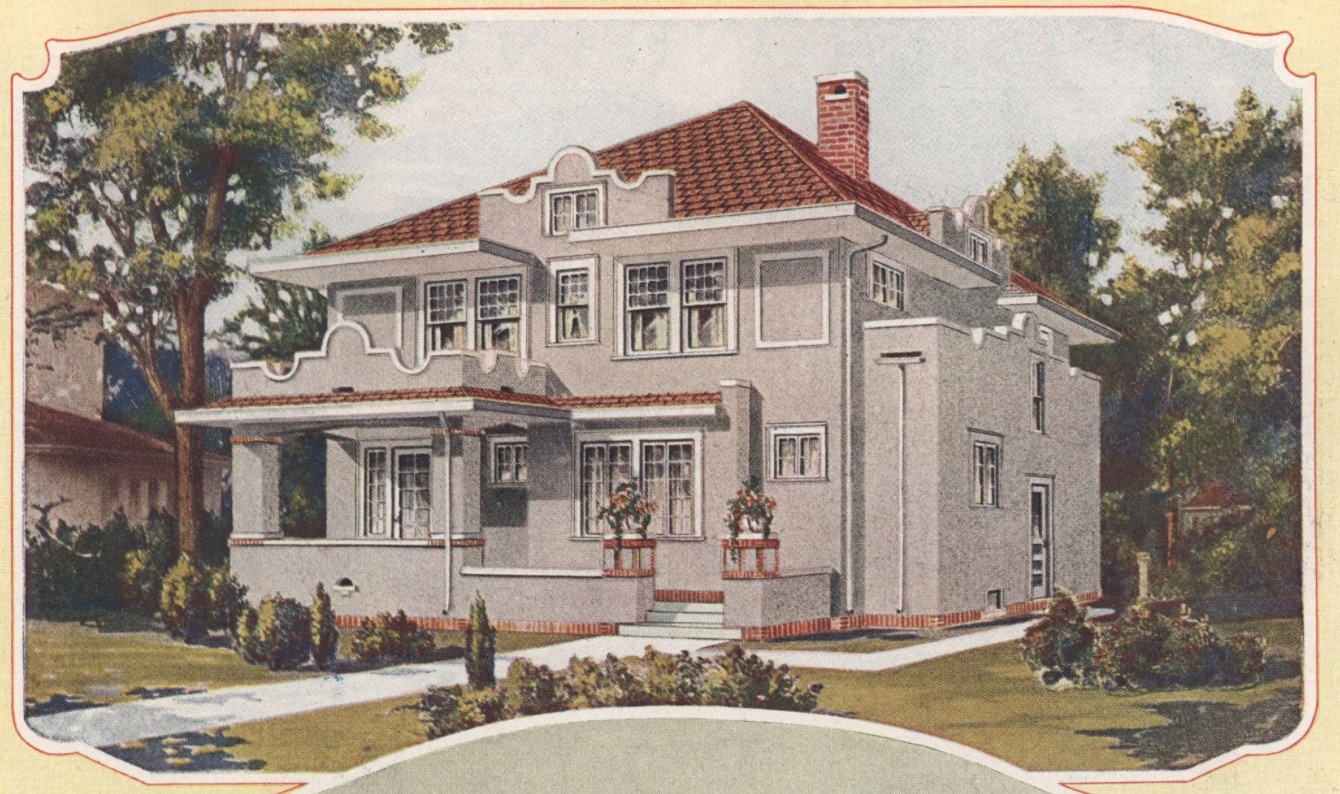









Lovely article! Reminded me of 1975 my time in India & Pakistan tea was still a big thing, left over from the British occupation. We would have afternoon tea accompanied by “pan” betel nuts rolled into a leaf(an acquired taste) and I brought home a lovely tea cozy with Sindhi embroidery! Wonder what happened to it?!
Tea caddies had locks to keep the servants from having a cuppa from the fresh leaves. They got the used leaves for their tea.